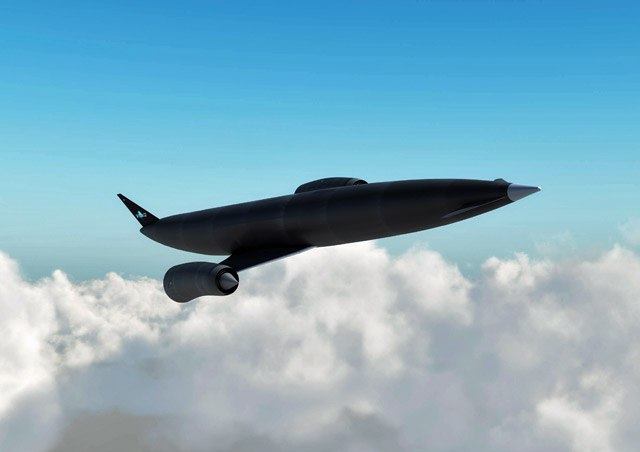An Oxfordshire company's bid to transform transportation to orbit with a radical air-breathing rocket engine it claims will be capable of driving airline-style operations with a runway take-off and landing reusable spaceplane got a shot in the arm last week in the form of £60 million ($91 million) from the UK government.
Reaction Engines needs to raise at least another £150 million from investors, but the company is now aiming to have a prototype of its SABRE engine in bench testing by 2017 - and ready for flight tests from 2020. The UK Space Agency's investment will be staged over two years, £35m in 2014-15 and £25m in 2015-16.
The project has already consumed some £250 million over several years, but passed a critical milestone in November 2012 when European Space Agency experts, who have been providing technical assistance, declared they were satisfied that Reaction had successfully demonstrated the basic technology underpinning SABRE.
 |
|---|
| Reaction Engines |
The key to SABRE - Synergetic Air-Breathing Rocket Engine - is a heat exchanger, essentially a radiator made of many hundreds of kilometres of 1mm tubing, which is capable of liquidising oxygen from intake air by boiling off tanked liquid hydrogen and, critically, not frosting up in the process. A SABRE-powered spaceplane would get its thrust by mixing tanked hydrogen and oxygen liquidised in flight until reaching about Mach 5.5 at 26km (16 miles) altitude, when tanked oxygen takes over and SABRE becomes a normal, self-contained rocket engine.
By reducing dramatically the mass of liquid oxygen that must be carried from the ground, Reaction believes it can achieve the holy grail of single-stage-to-orbit flight, slashing launch costs and turnaround times with essentially complete reusability.
The company's concept for a spaceplane, called Skylon, is 84m (275ft) long and designed to deliver up to 15t to low-Earth orbit.
Reaction Engines founder Alan Bond admitted at the UK funding announcement in Glasgow last week that there had been "technical issues" with tests last year on the heat exchanger, but declined to elaborate.
Bond has been working on variations of the SABRE concept for 30 years, originally as a key figure in the UK's ultimately cancelled HOTOL spaceplane programme. His Skylon concept is an attempt to address some of HOTOL's shortcomings. SABRE is also linked to the European LAPCAT project, to develop a M5 airliner.
Source: Flight International






















